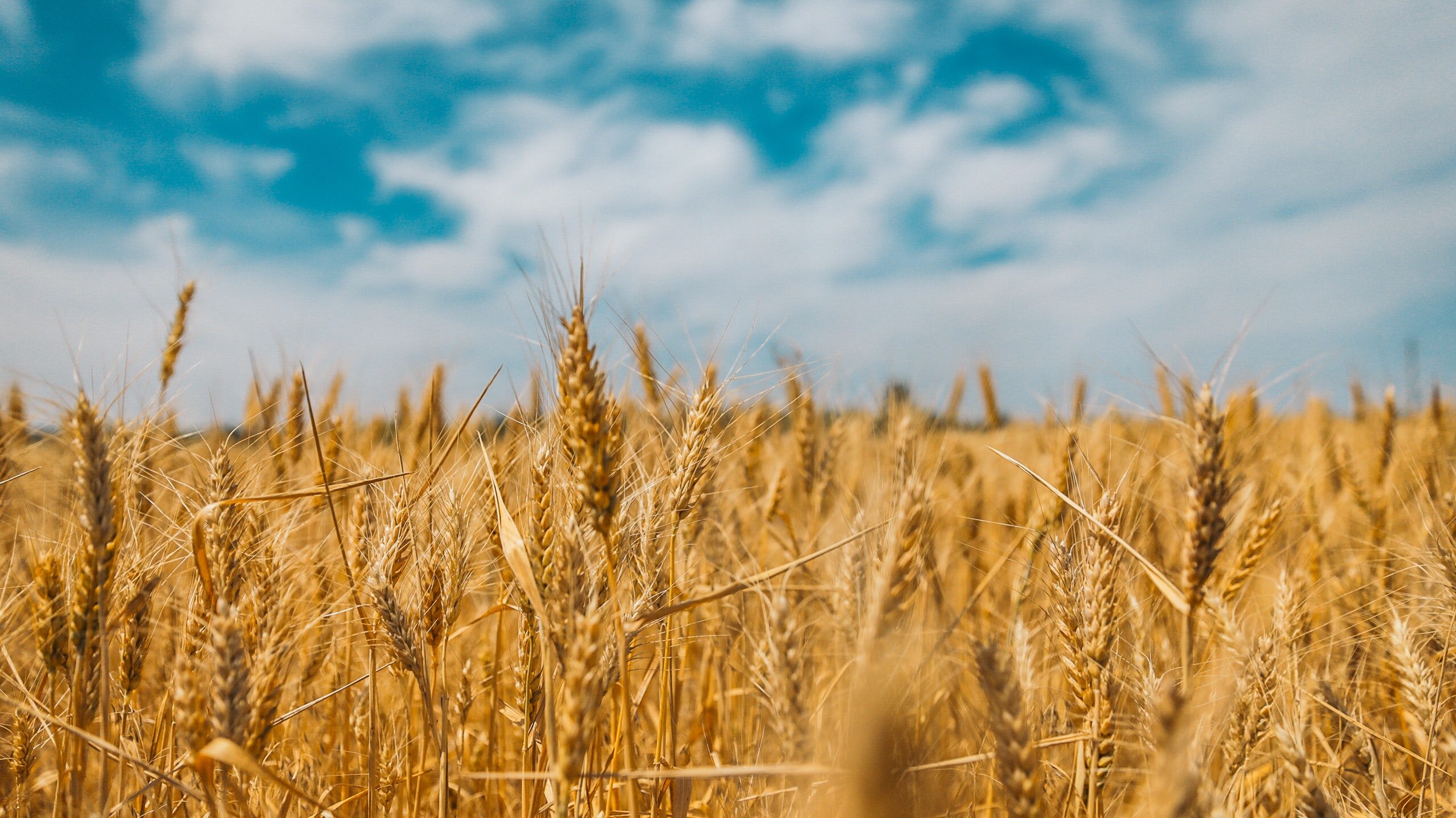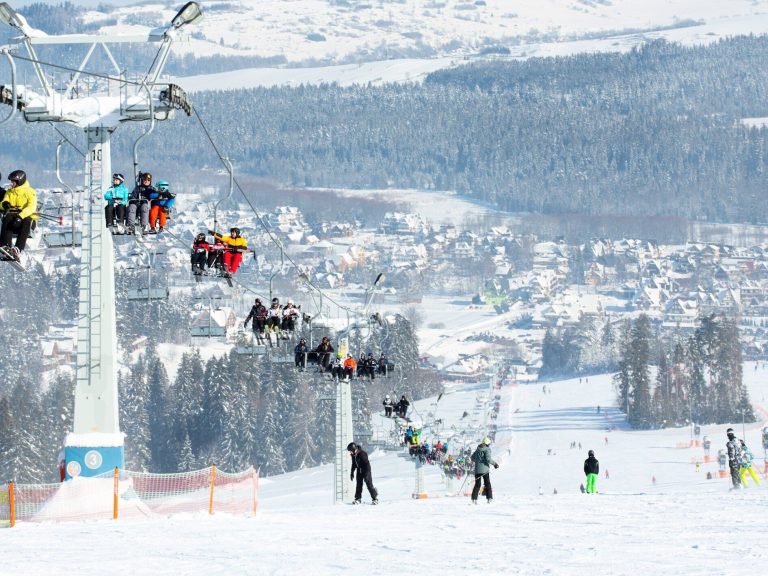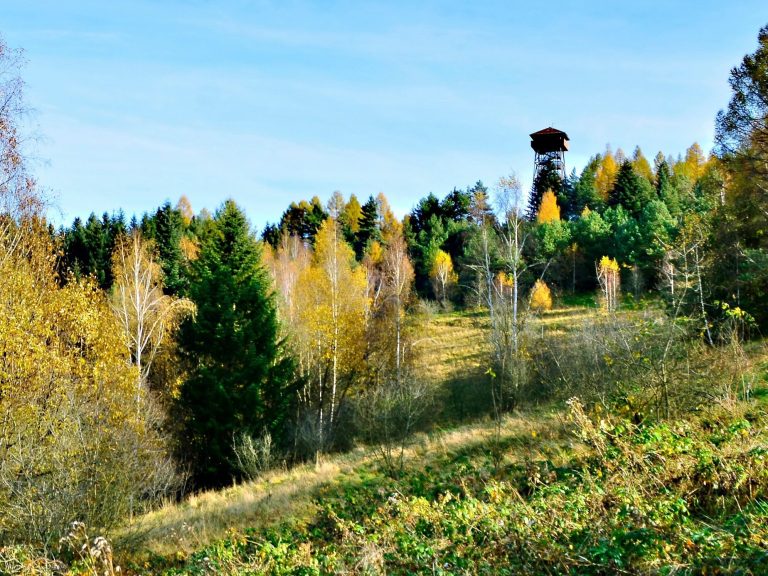The diet of the inhabitants of southern Poland several thousand years ago was largely plant-based

Only 15 percent The composition of the diet of people living several thousand years ago in southern Poland consisted of meat, and nearly 50 percent plants – results from examination of the bones of several dozen Neolithic and Bronze Age dead from Miechów (Lesser Poland Voivodeship).
Analyzing the diet of human ancestors from several thousand years ago is a very difficult task for scientists. In recent years, the isotope method has been increasingly used for this purpose. The quantitative ratio of isotopes of specific elements in the collagen contained in bones helps researchers of the oldest human past determine not only the origin of a given person, but, for example, their diet. This was also the case with research involving researchers from several Polish centers: PAN, Jagiellonian University and Cardinal Stefan Wyszyński University.
– We managed to establish that the diet of people living several thousand years ago, in the Neolithic and Bronze Age, in southern Poland, was only slightly meat-based. Nearly 50 percent its composition consisted of plants, and the remaining part was filled with other food products, most likely dairy products,” anthropologist Prof. Krzysztof Szostek from the Institute of Biological Sciences, Cardinal Stefan Wyszyński University in Warsaw told PAP.
One of the goals of the research was to try to determine how the diet has changed over the centuries. As professor adds Aldona Mueller-Bieniek from the Institute of Botany of the Polish Academy of Sciences, during the analyzes it was not possible to note any statistical change in diet over the period of approximately 5,000 years. years, starting from the mid-6th millennium BC – This means that the proportion of plant and animal foods was similar at that time – he says in an interview with PAP.
This does not mean that animal husbandry did not play an important role among people of that time. – On the contrary, it should be emphasized that the animals were used as much as possible, for example to provide milk or for skin. Obtaining meat from them was not a priority – adds Prof. Shostek. Farm animals could also be a desirable draft force.
The analyzes show that the cereals consumed (probably in various forms) included mainly barley and einkorn wheat, emmer wheat, and later spelled.
Are the research results reliable for the diet in the entire territory of today’s Poland?
According to prof. The Sixth diet may have looked similar in the Neolithic and Bronze Age in southern Poland, especially on the fertile loess plateaus. Perhaps different in the north of the country. The scientist began research in this area and in the coming years he will be able to answer this question.
Scientists’ findings regarding diet were made possible by conducting extensive comparative research, mainly concerning one archaeological site – in Miechów, Lesser Poland. Various groups of people have lived in the area covered by the research for nearly 5,000 years, from the first groups of farmers in Poland, described by archaeologists as the Engraved Linear Pottery culture, to the Lusatian culture in the Bronze Age. Experts collected collagen for nitrogen isotope analyzes both from their bones and from animal remains discovered at this site. Obtaining a complete picture was possible by combining these data with data from archaeobotanical analyzes (cereal grains).
– So far, isotope studies on diet reconstruction have been performed without taking into account archaeobotanical analyses. As a result, the picture of the diet of prehistoric people was not complete – the models even showed that meat was consumed at that time, which could not be true – says Prof. Shostek.
A publication on the diet of the inhabitants of Miechów was published in the “Journal of Archaeological Science Reports”.






